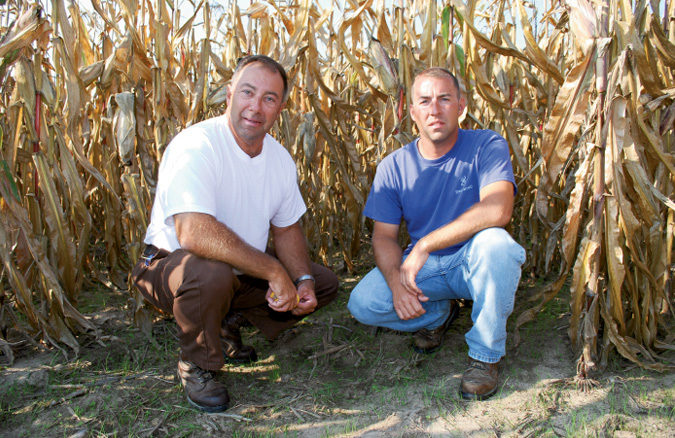No-Till Farmer
Get full access NOW to the most comprehensive, powerful and easy-to-use online resource for no-tillage practices. Just one good idea will pay for your subscription hundreds of times over.

More and more no-tillers are looking at taking advantage of the benefits of cover crops. But while the benefits are numerous, there are obstacles.
For some growers, time is tight for establishing a cover crop before cold wintertime conditions settle in.
No-tillers utilizing a rotation of corn and soybeans, in particular, have found that by the time crops are harvested, there may be little time to get a cover crop up and growing.
The further north you farm, the narrower your window for stand establishment will be.
Jamie and Jim Scott can sympathize with you. The Pierceton, Ind., no-tillers may not seem that far north, but located just 45 miles south of the Michigan border, they are nearly straight east of Chicago.
While they typically had no trouble establishing a stand by drilling annual ryegrass after harvest, they had trouble getting enough early growth to keep stands alive over the winter.
“Our winters are variable, which led us to find that snow cover is what makes or breaks an annual ryegrass cover crop,” Jamie says. “The later we planted annual ryegrass, the more we had to hope for good snow cover to keep it protected over the winter.
“The more height we can get on the ryegrass, the better off we are going into winter.”
Winterkill is the major threat to annual ryegrass. Two years ago, the Scotts learned of a southern Illinois no-tiller whose annual ryegrass cover didn’t survive the winter due to winterkill. While…